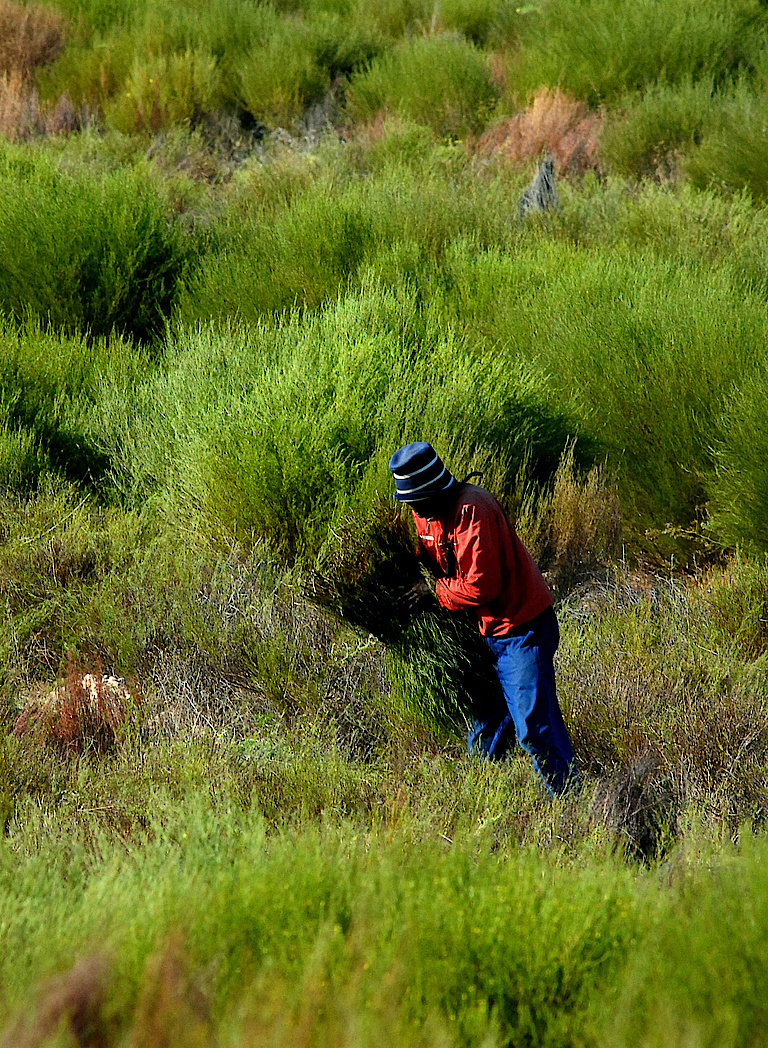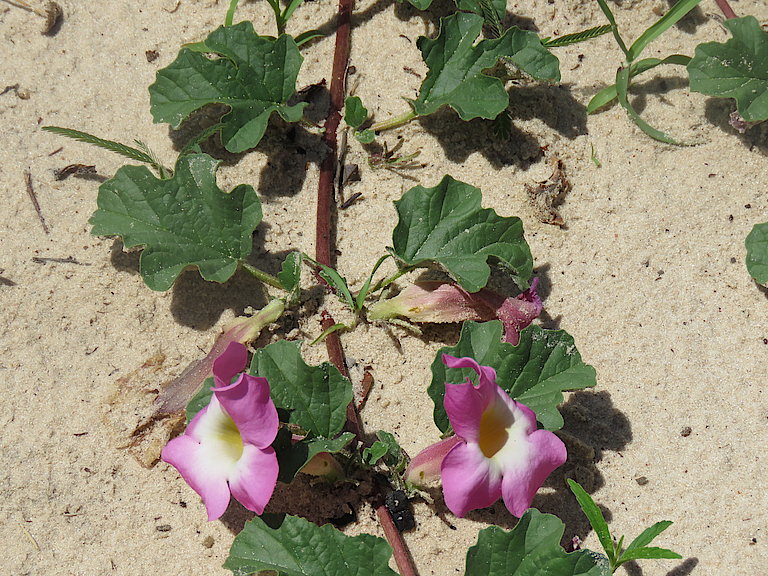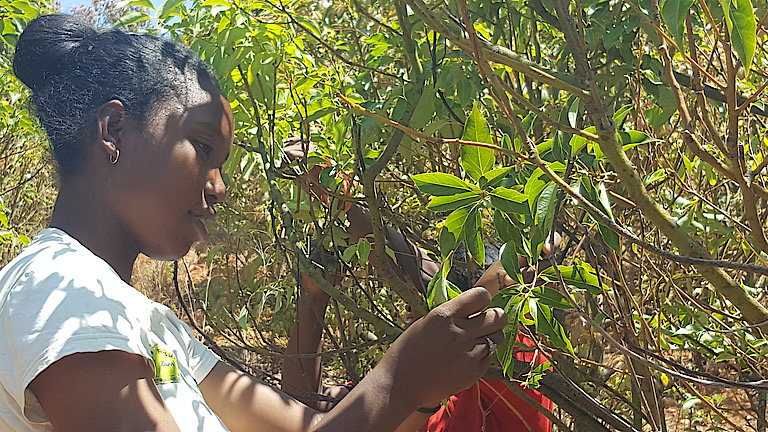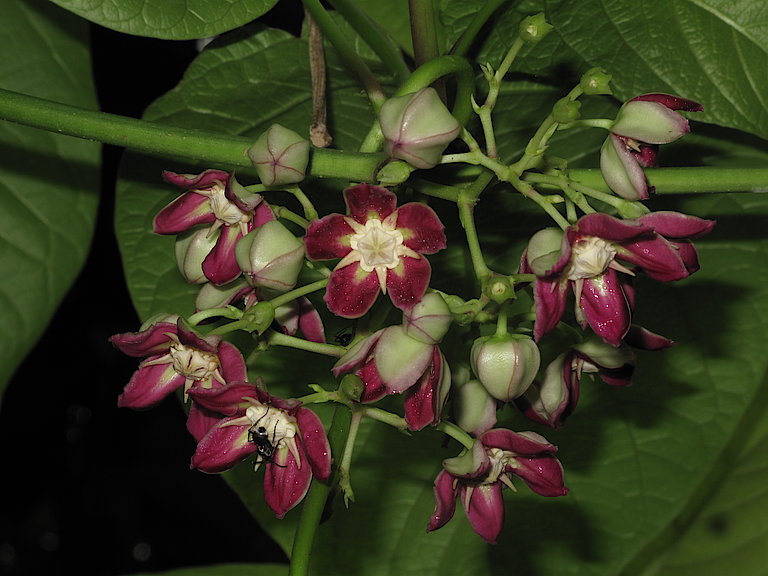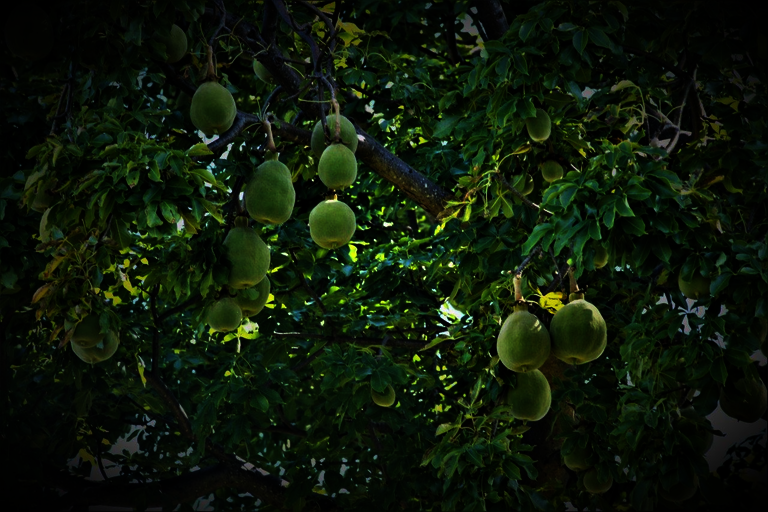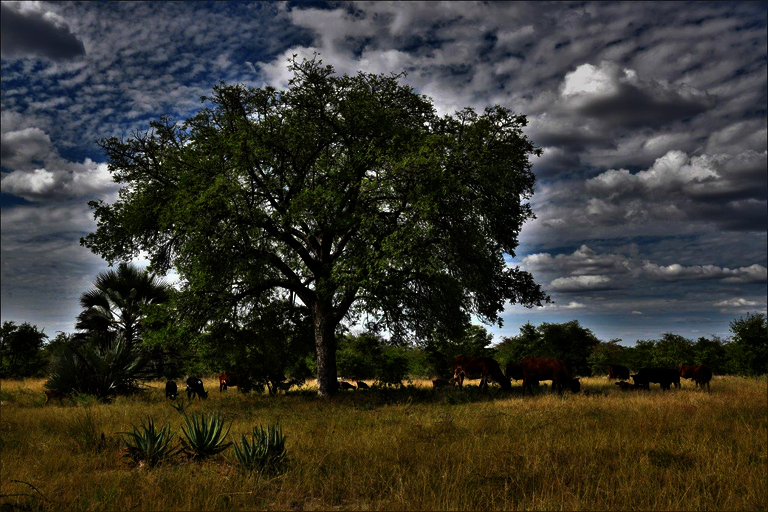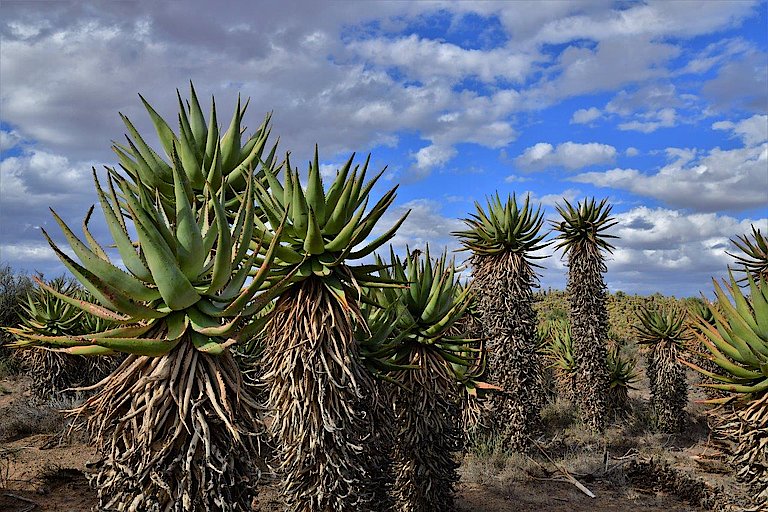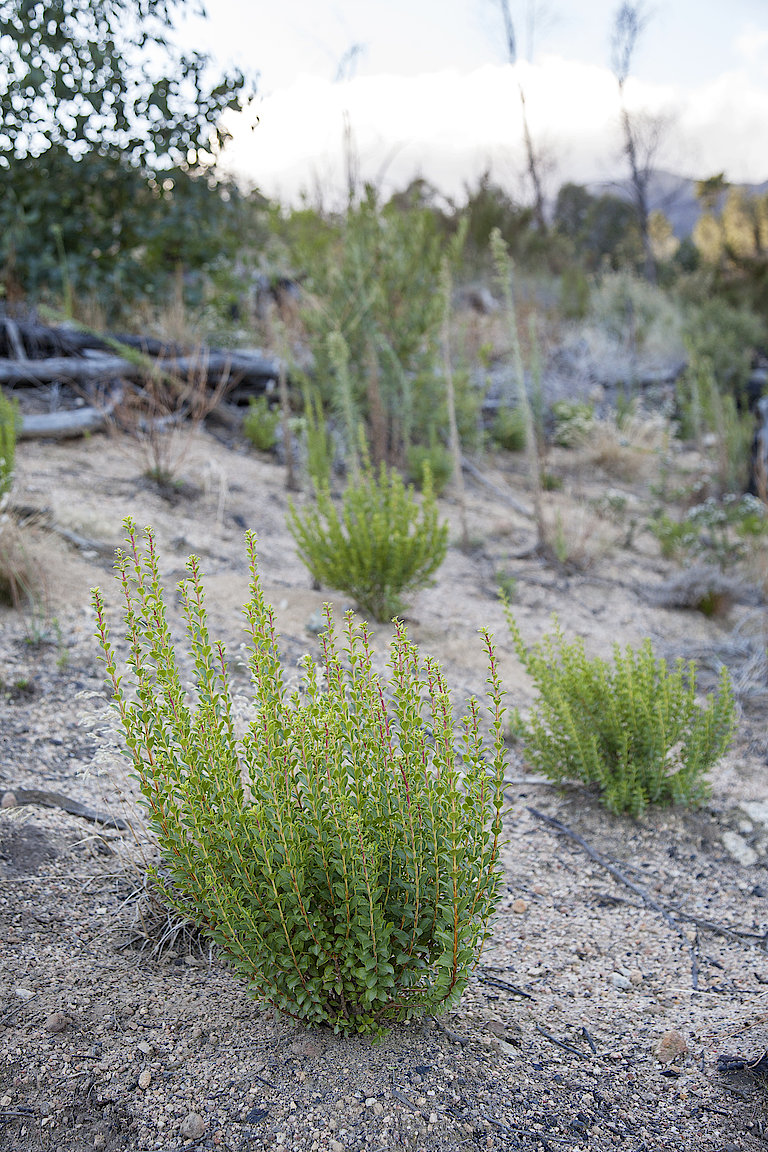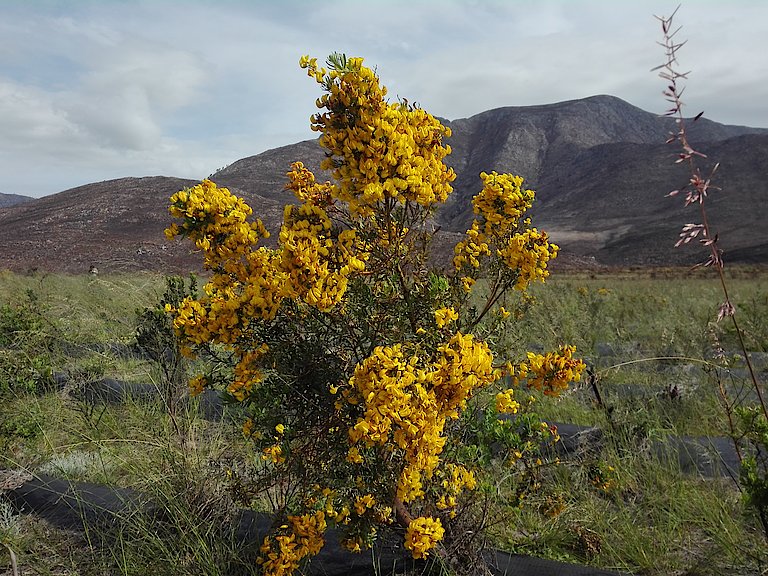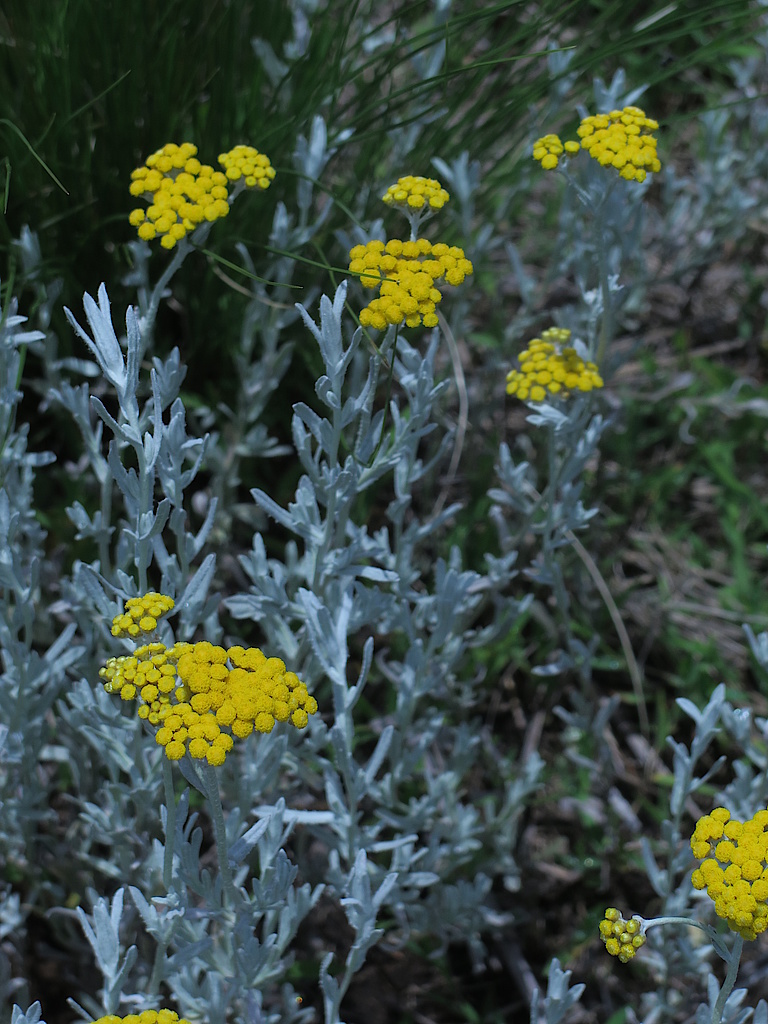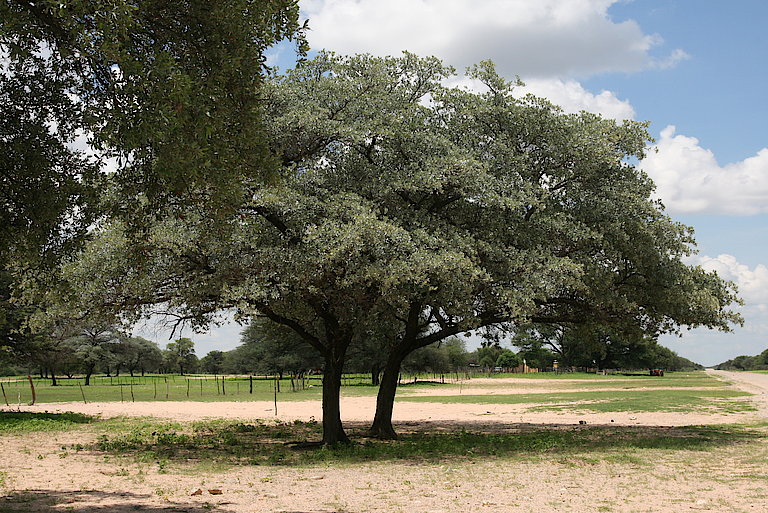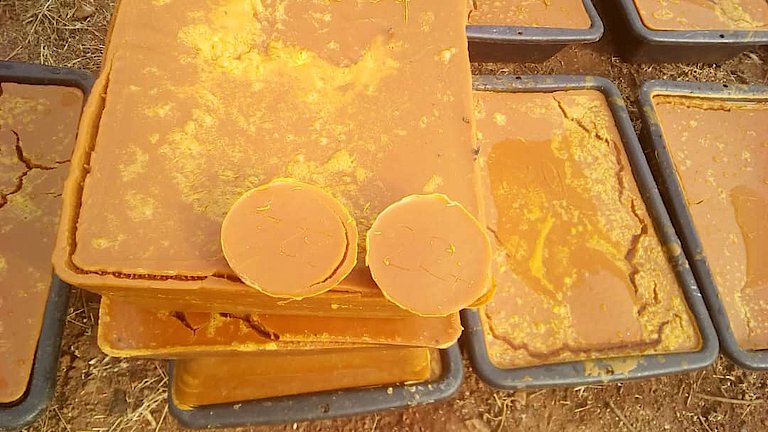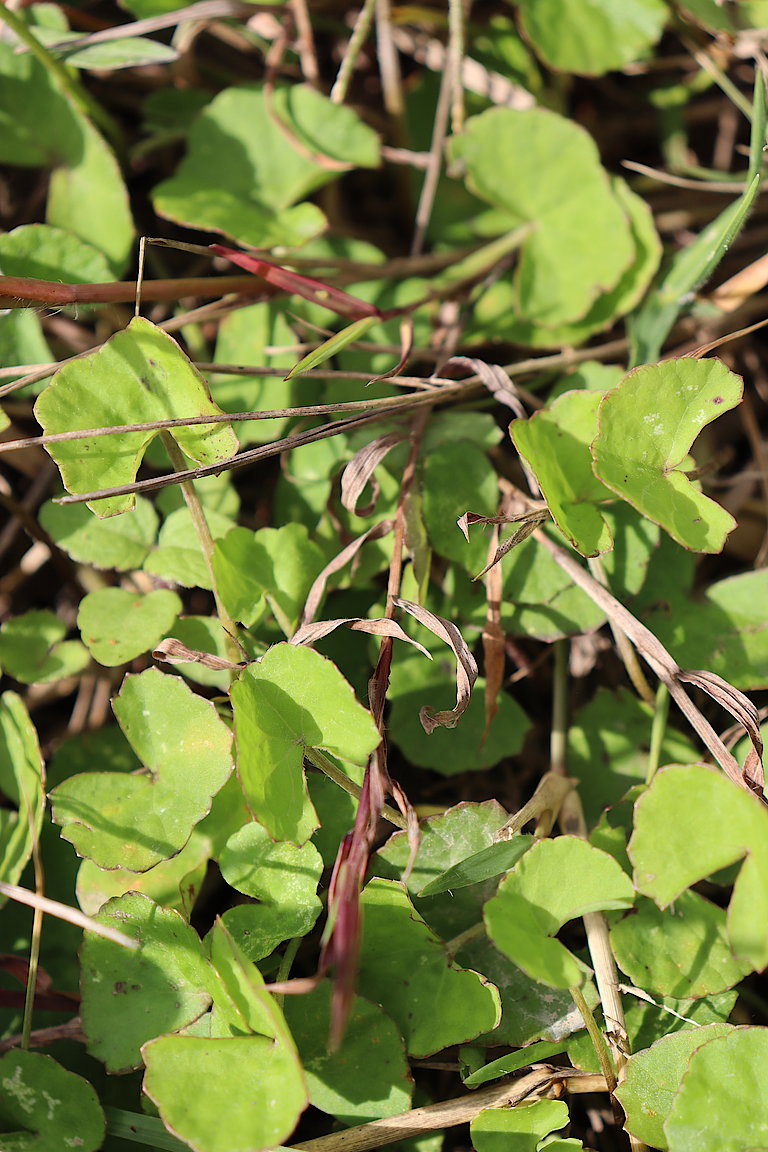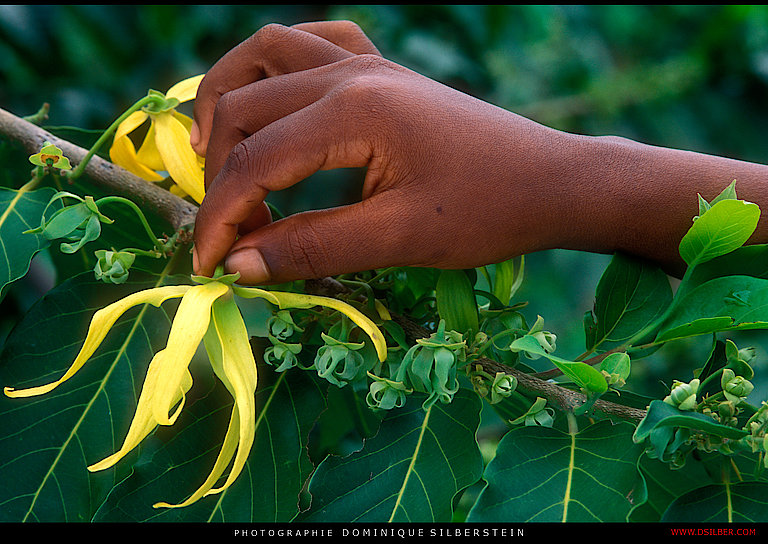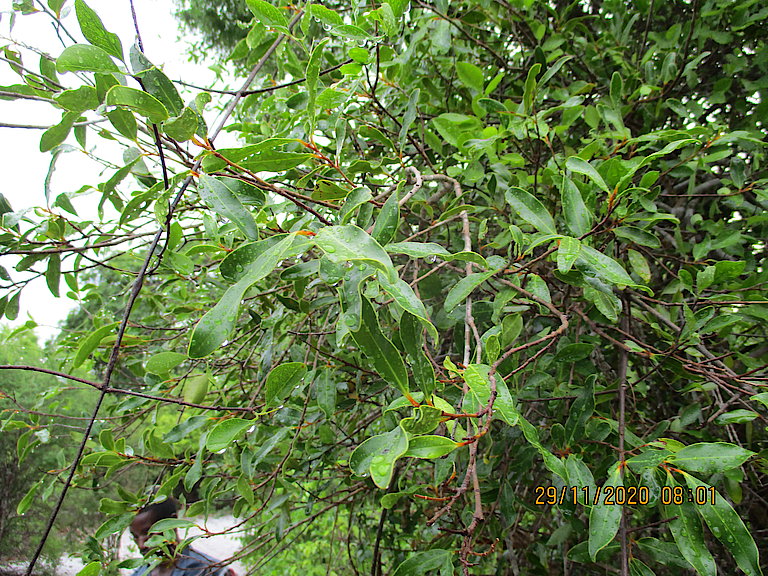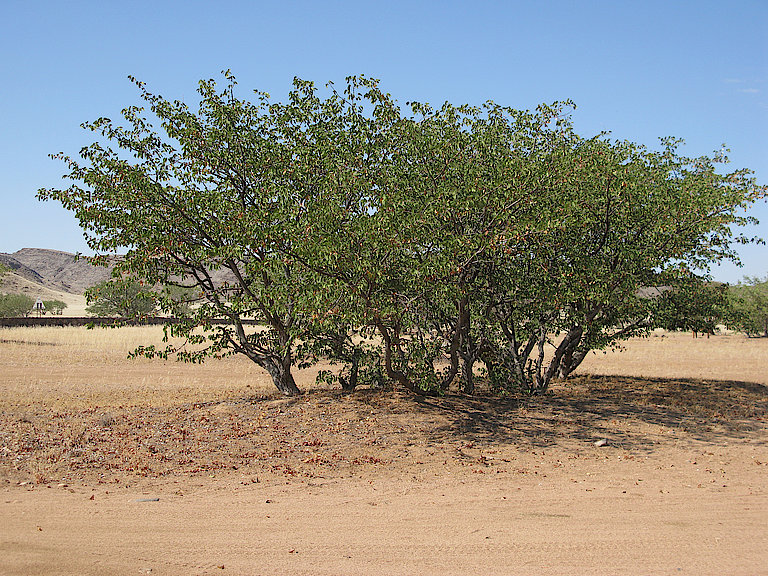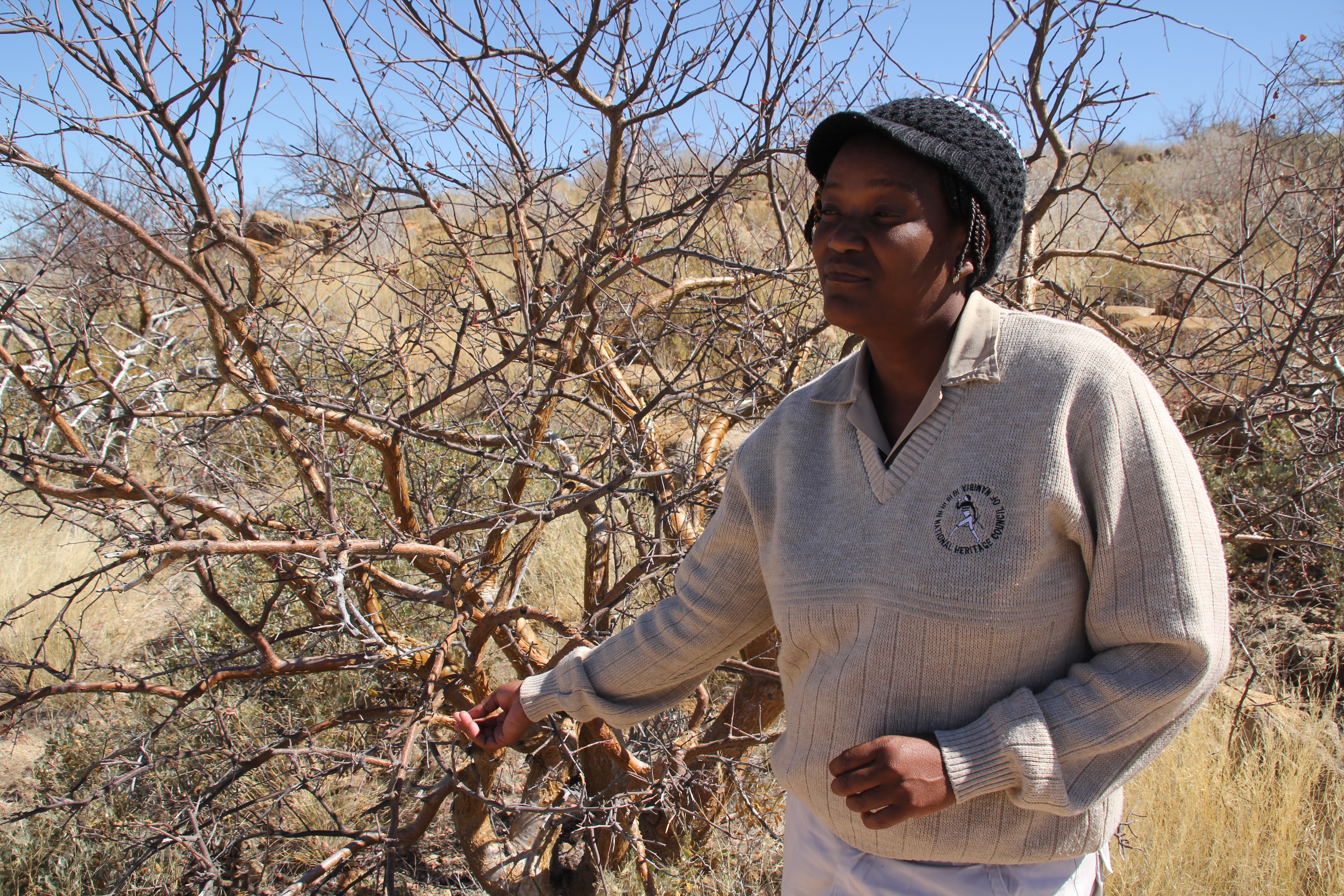About Rooibos
Rooibos (Aspalathus linearis) is predominantly grown in the South African Western and Northern Cape provinces, belonging to the world's seven floral kingdoms, characterized by their rich biodiversity. The branches of the Rooibos are predominantly used to make tea. Rooibos tee has been an important national beverage in South Africa for decades and now belongs to the most popular teas in Europe. The bark of the Rooibos’ young twigs is often reddish, which is also the reason for its name Roi boos (Red bush) in Afrikaans. The alternate and usually densely arranged leaves are green. They have roughly the shape of pine needles and are very soft. The flowering period is in the South African spring to early summer. The short-stemmed flowers are solitary or in dense groups at the ends of the branches and have yellow petals. Farmers sow seeds in February and March and plant the seedlings in the plantations in July. To harvest Rooibos, a bush must be about 12 to 18 months old. The bushes are harvested once a year from December to April. Rooibos represents one of South Africa’s oldest and most successful indigenous natural product industries.
Usage of Rooibos
The plant is widely available globally in the form of a caffeine-free tea, with its bioactive compounds holding great promise for the health food and beverage, cosmetic and pharmaceutical sectors. First commercialized at the turn of the 20th century, the local Rooibos industry is today valued at about ZAR300 million (17.4 million euros) and employing 5.000-8.000 people.. However, the Rooibos was already used centuries earlier by the indigenous people, the Khoikhoi and San people, who used it as herbal remedy. In 2019, the world’s first industry-wide benefit-sharing agreement was concluded in South Africa between the Khoikhoi and San, and the South African rooibos industry, which recognised the Khoikhoi and San peoples as the traditional knowledge holders to the uses of Rooibos and established fixed benefit sharing payments to them for the commercial use of the plant.
